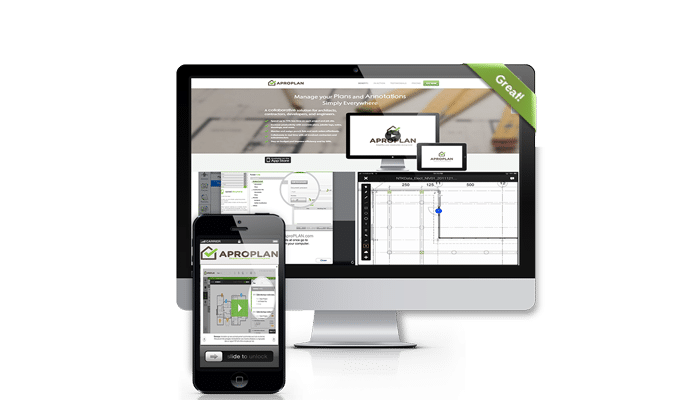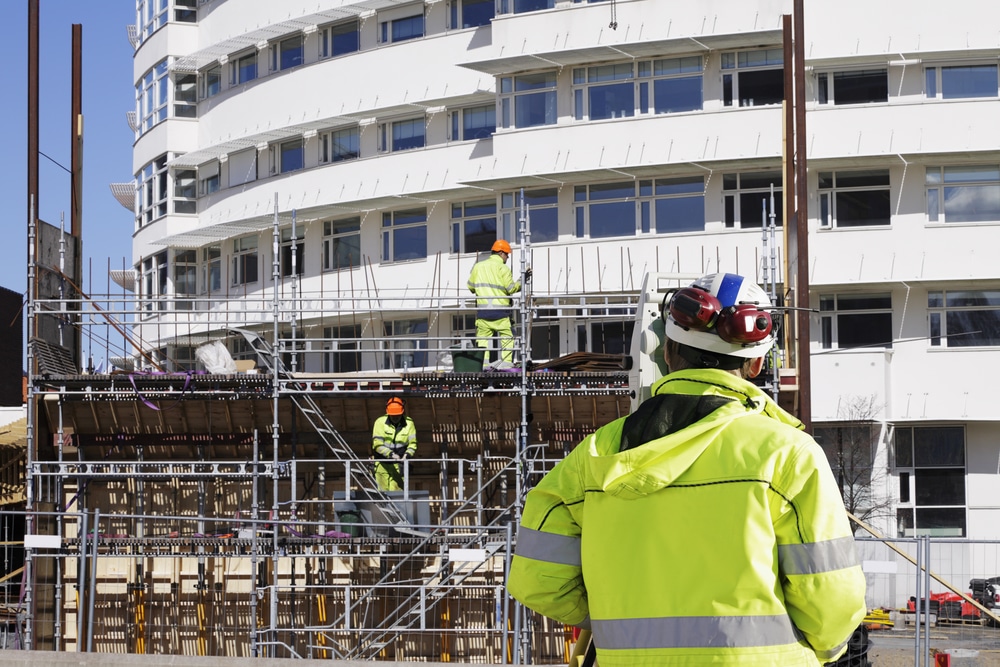Success starts at the pre-construction meeting. A strong beginning carries a momentum all the way through the project. The smart construction management team will have a meeting, as soon as possible to handle the paperwork, set up schedules & discuss work modes, establish communication protocols, and discuss contingency strategies. The architect will furnish the contractor with a list of documents to be submitted and issues to be discussed prior to the meeting.
Timing sets the course: Project agenda evolves into a schedule
- Work phases = critical path
- Schedule of work from the contractor
- Start and finish date—per contract, including crew’s daily working hours
- Inspection schedule and pay requests
Request the contractor for second-in-command contact information for a decision in the event of urgent circumstances.
Before and after
Inform the contractor of a time when photographs may be taken of the project prior to beginning construction. This is the opportunity for the contractor to inform the architect of any issues that require further discussion. Provide the contractor with a punch-list prior to scheduled project completion date. When all items have been satisfied, the architect will perform project closeout.
Project support documentation
- Project escrow account (bank)
- Project insurance policy – covers performance (copy of policy to architect)
- Permits from local authorities (displayed on site)
- Suppliers and vendors list (to architect)
The contractor may need to own or rent necessary equipment to perform the work; if renting, the lease needs to be included in the project paperwork.
Specification compliance and work modes
Review plans and specifications. A discussion will ensure the contractor understands plans & specifications, has a staging and demolition plan, means to dispose of debris on a daily basis. In the case of an extended project, the contractor will need to supply a Port-O’-Let for his crew.
Pay and communication
The architect provides document requirements for pay requests, such as invoices and labour pay. Compensation for equipment rental will be discussed. Compensation to the owner for water and power usage will be discussed. Report and document problems through email contact, along with phone contact; the architect will agree with the contractor on a time limit within which he can expect to receive a response. Telephone calls in which decisions are made will be backed up with email documentation, from the contractor, indicating understanding and compliance date.
Time constraints
The contractor will accommodate project management requirements to furnish lead time information on lists of vendors, suppliers, and rental agencies. A schedule of work is presented with possible adjustments that do not affect the start and finish dates. Then, confirm the start and finish date, including the crew’s daily work hours and sub-contractor start-date commitments.
Review paperwork completed and set schedules. Make sure specs and plans are understood. The architect and the contractor agree on communication protocols and make sure contingency plans are in place. Documentation, players and ground rules are in place for construction start.
The content of this article is continued in the next article tackling project closeout. For related articles on construction management tools, check these ones out on bidding tools and the final punch list.




